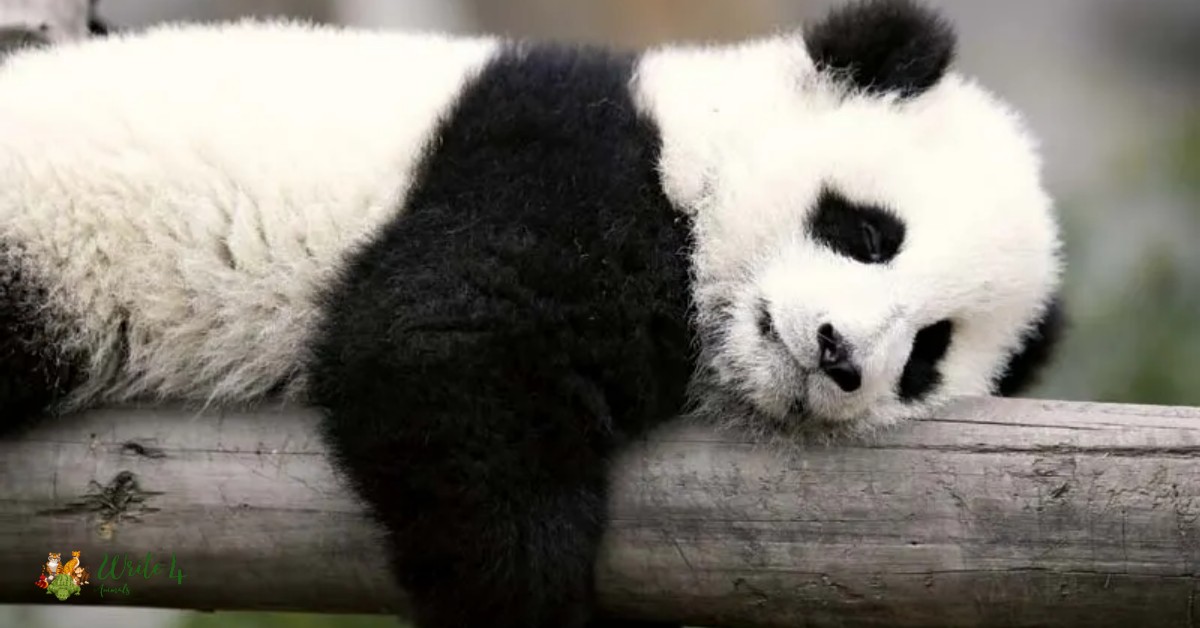Animals have captivated human curiosity for centuries, with their diverse behaviors, unique adaptations, and astonishing capabilities. While some species showcase remarkable intelligence, others are often labeled as the “dumbest” animals based on certain behaviors or characteristics.
However, it’s essential to recognize that intelligence manifests in various forms across the animal kingdom. In this exploration, we will go through 15 dumbest animals in the world.
15 Dumbest Animals in the World
1. Giraffes
Giraffes, while majestic and towering, have earned their place among the perceived “dumbest animals” due to their seemingly awkward behavior. Their long necks and legs may suggest an elevated intelligence, but the reality is quite the opposite.
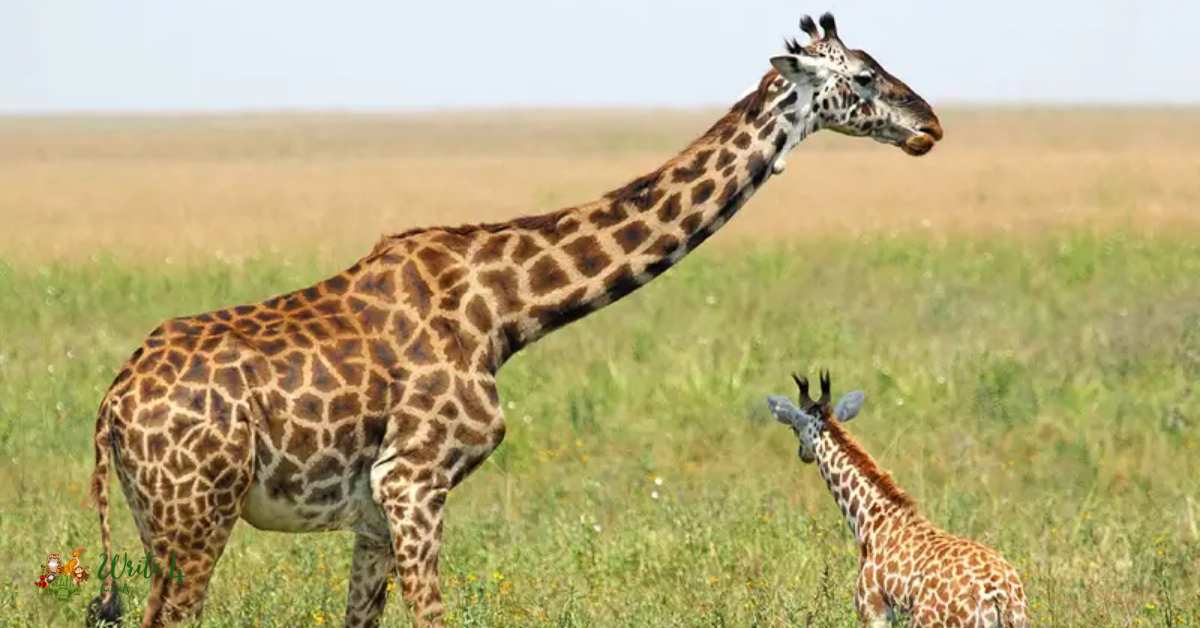
Giraffes have relatively small brains for their massive bodies, and their behavior, particularly when drinking water, often appears comically uncoordinated. This apparent lack of coordination has led to their reputation as less-than-clever creatures.
Despite these quirks, giraffes exhibit other remarkable traits, such as their social structure and intricate spotted patterns, which showcase the diversity of nature’s wonders.
2. Killdeer
The killdeer, a small bird with a distinctive appearance, is often labeled a dumb animal due to its nesting habits. These birds create shallow nests on the ground, often in open areas, making them vulnerable to predators.
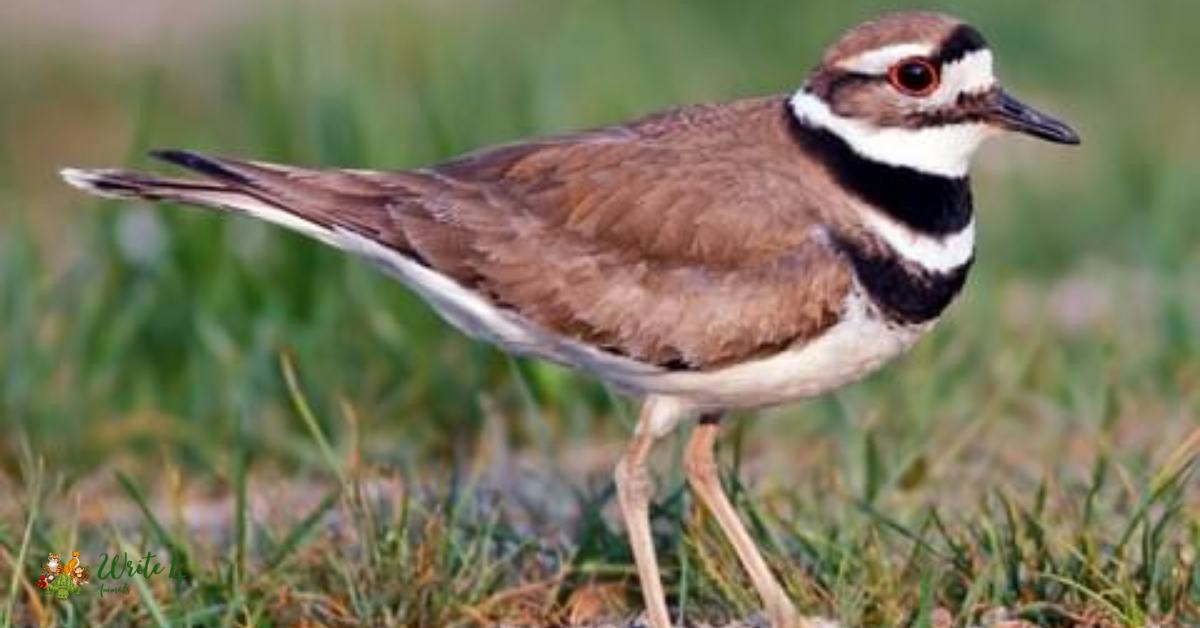
Instead of selecting more concealed locations, killdeer employ a curious strategy: feigning injury to lure potential threats away from their nests. While this tactic might seem counterintuitive, it highlights the bird’s instinct-driven behavior rather than a calculated intelligence.
The killdeer’s unique nesting habits and defensive maneuvers make it a fascinating subject in the realm of avian behavior, even if it doesn’t align with traditional notions of animal intelligence.
3. Komodo Dragon
The Komodo dragon, with its formidable size and venomous bite, may seem like a creature with strategic prowess. However, these massive lizards don’t earn high marks in the intelligence department.
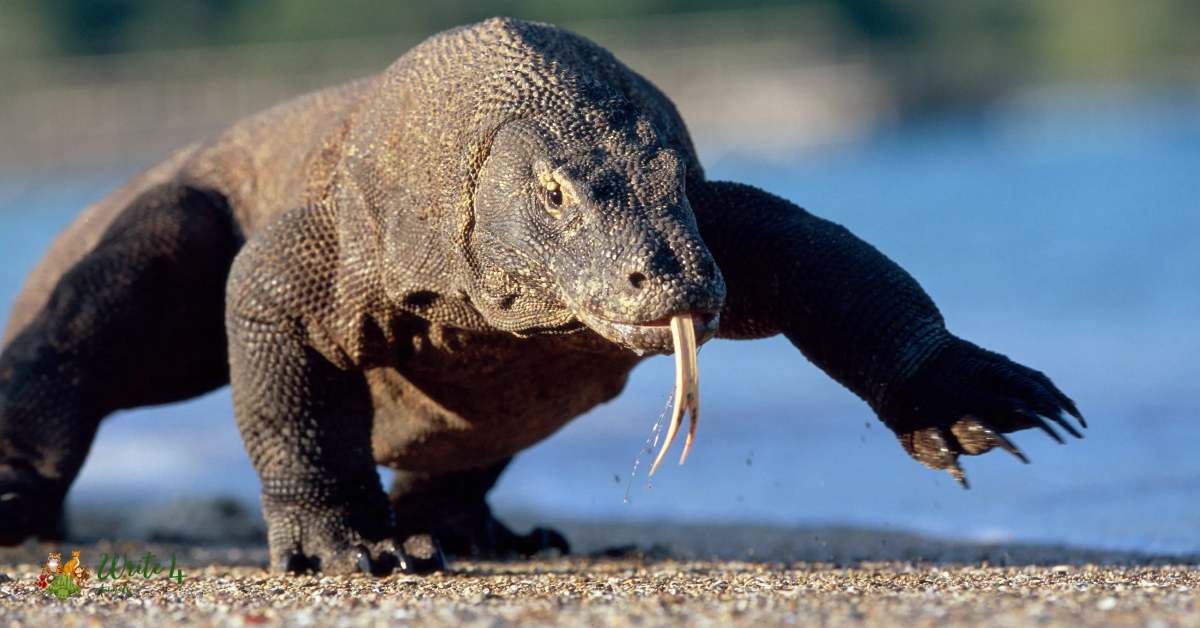
Their behavior is more instinct-driven than cunning, often engaging in seemingly senseless fights and displaying a lack of complex problem-solving skills. While their venomous bite aids in subduing prey, the overall approach is more reliant on brute strength and primal instincts.
This lack of strategic thinking contributes to their classification as one of the worlds dumbest animal, despite their undeniable prowess as apex predators in their native habitats.
4. Horned Lizard
The horned lizard, with its spiky appearance and unique defense mechanisms, finds itself on the dumbest animals list due to its reliance on instinctual reactions rather than intricate problem-solving.
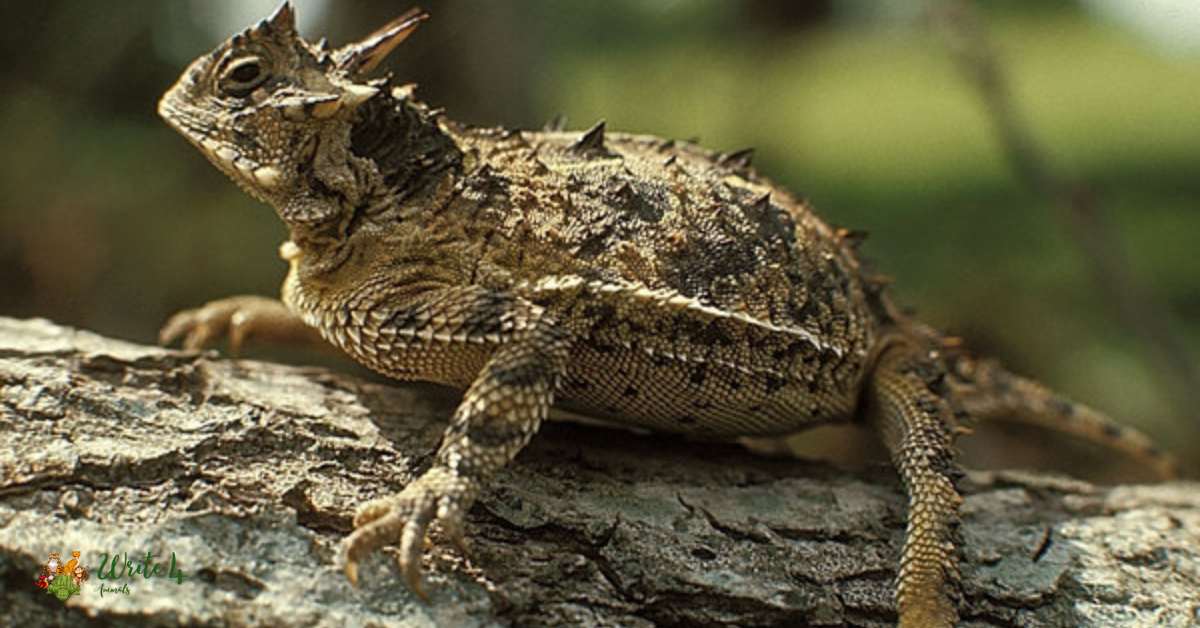
When faced with danger, these creatures often freeze in place, a behavior that may provide camouflage but doesn’t demonstrate advanced cognitive abilities.
Furthermore, the horned lizard’s defense mechanism involves shooting blood from its eyes, a peculiar tactic that may deter predators but doesn’t exactly showcase strategic thinking.
While these lizards have adapted to their environments in fascinating ways, their reliance on basic instincts rather than complex cognitive processes places them in the category of animals deemed less intelligent by conventional standards.
5. Secretary Bird
The secretary bird, with its unique appearance and stomping behavior, has earned a place among the dumbest animals due to its unconventional hunting tactics.
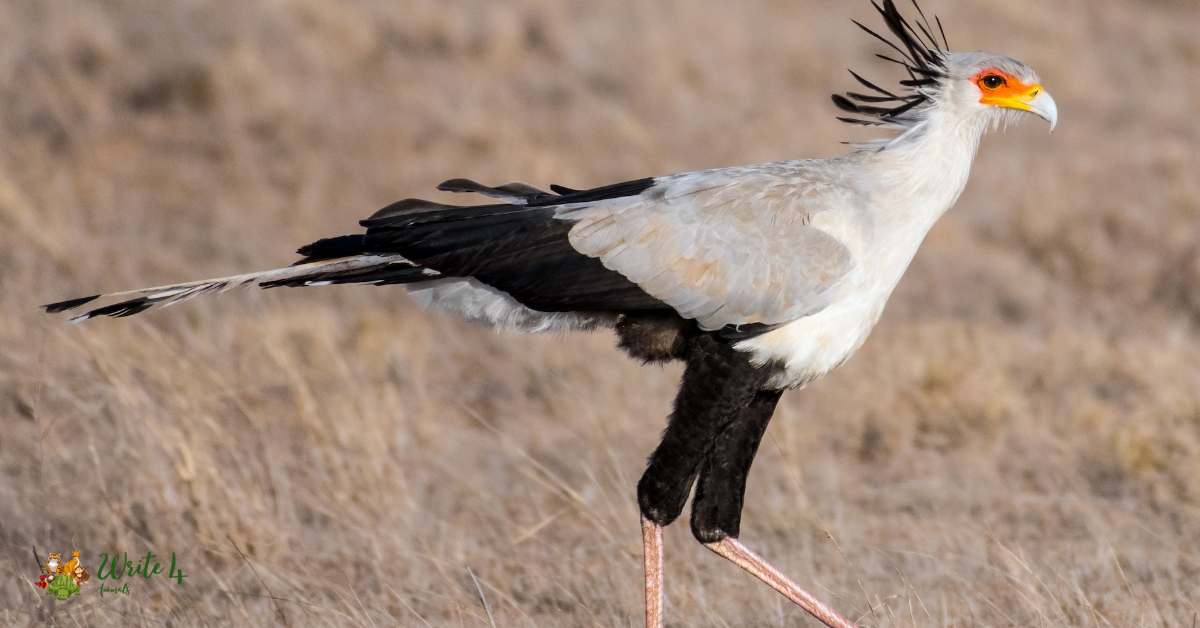
Despite its impressive stature and powerful legs, the secretary bird’s method of flushing out prey by stomping on the ground may seem more like an instinctual behavior than a well-thought-out strategy.
While effective, this behavior doesn’t align with traditional notions of animal intelligence, leading to the bird’s inclusion on lists highlighting less-than-brilliant creatures. It’s essential to appreciate the secretary bird for its distinctive features and adaptations, even if its hunting techniques may not rank high on the scale of strategic prowess.
6. Slow Loris
The slow loris, with its endearing appearance and deliberate movements, doesn’t escape the label of being among the dumbest animals. Despite its cuteness, this primate’s behavior and survival strategies may not align with traditional expectations of intelligence.
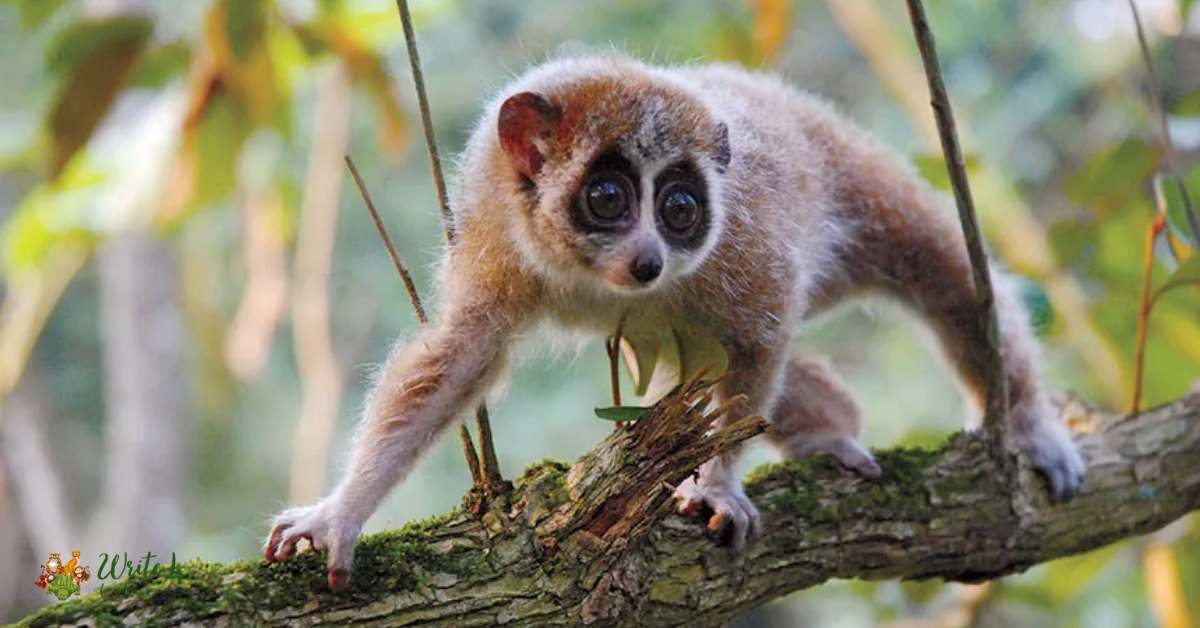
One distinctive feature of the slow loris is its venomous bite, delivered by licking a gland on its elbow and mixing the secretion with its saliva. While this adaptation serves a defensive purpose, it raises questions about the overall cognitive abilities of the slow loris.
Additionally, their deliberate movements and lack of swift reactions might not position them as the brightest creatures in the animal kingdom. However, it’s crucial to recognize that each species has its unique set of adaptations, even if some aspects may challenge conventional ideas about animal intelligence.
7. Cane Toads
Cane toads, introduced to control pests, have become notorious for their invasive nature and voracious appetites. However, their lack of discernment when it comes to choosing prey has contributed to their classification as one of the dumbest animals.
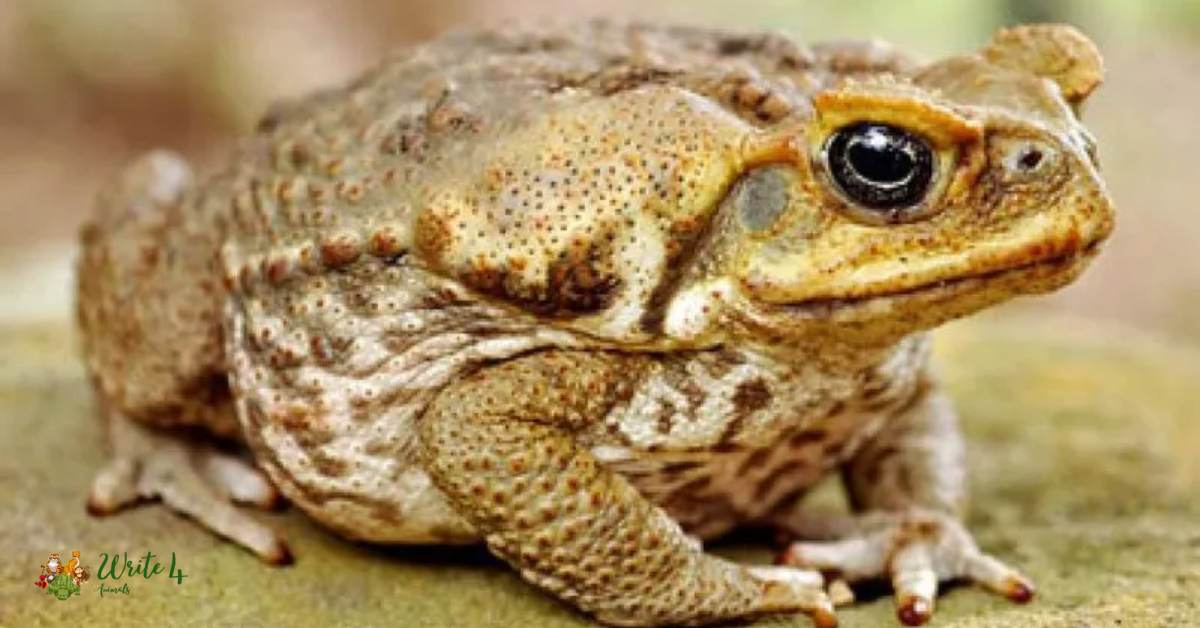
These toads are known for attempting to consume almost anything that fits into their mouths, whether it be insects, small animals, or even inedible objects. This indiscriminate feeding behavior, while reflective of their survival instincts, doesn’t necessarily showcase advanced decision-making skills.
Despite their reputation as less intelligent creatures, cane toads have adapted to various environments, highlighting the complex interactions between introduced species and ecosystems.
8. Kakapo
The kakapo, or night parrot, stands out as a unique and charismatic bird from New Zealand, but its inability to fly and endearing clumsiness contribute to its reputation as one of the dumbest animal.
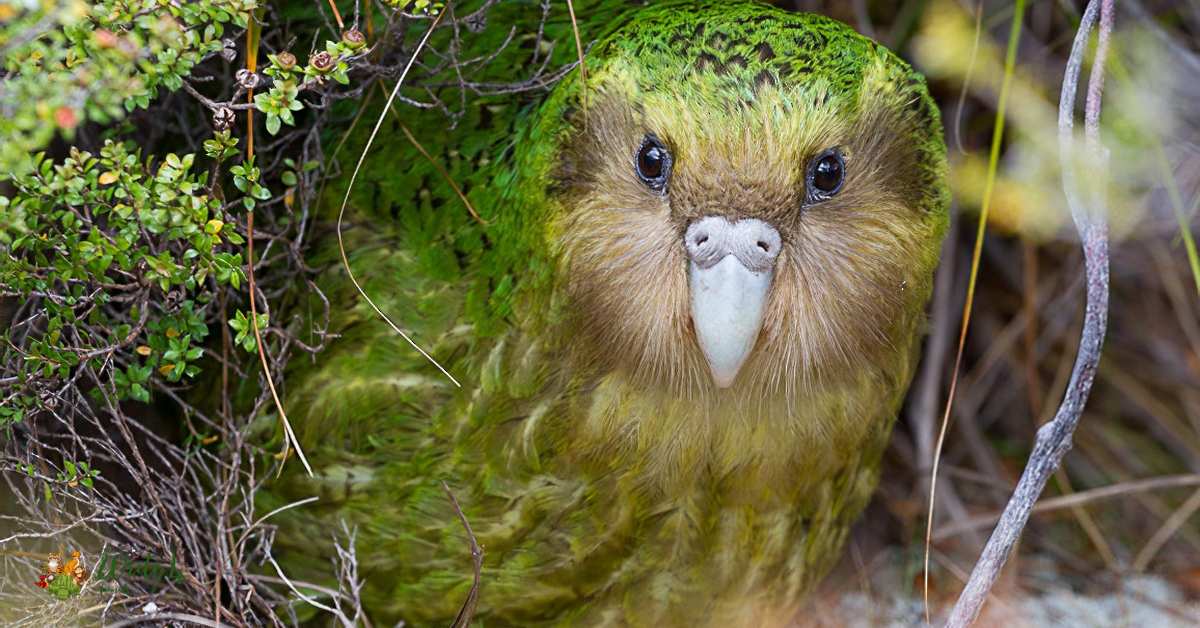
The kakapo’s flightlessness, while an adaptation to its native environment, may be perceived as a disadvantage when compared to other avian species.
Additionally, the bird’s lack of self-preservation instincts and apparent clumsiness have led to challenges in its conservation efforts. Despite these characteristics, the kakapo’s endearing qualities and its role as a nocturnal, ground-dwelling parrot add an intriguing dimension to the diverse world of avian species.
9. Koala
Koalas, with their fluffy appearance and eucalyptus-based diet, are undoubtedly cute but have earned their place among the dumbest animals due to their peculiar behaviors.

The koala’s sluggishness and limited diet of eucalyptus leaves, which provide minimal energy, contribute to their reputation for being less than brilliant.
While their cuddly appearance has endeared them to many, their lifestyle choices may not align with conventional expectations of intelligence.
However, it’s crucial to recognize that the koala’s adaptations are well-suited to its specific ecological niche, showcasing the diversity of strategies that contribute to the overall balance of ecosystems.
10. Sloth
Sloths, known for their slow and deliberate movements, have become iconic symbols of laziness in the animal kingdom. While their lethargic lifestyle serves a purpose in conserving energy, it doesn’t exactly position them as the brightest creatures.
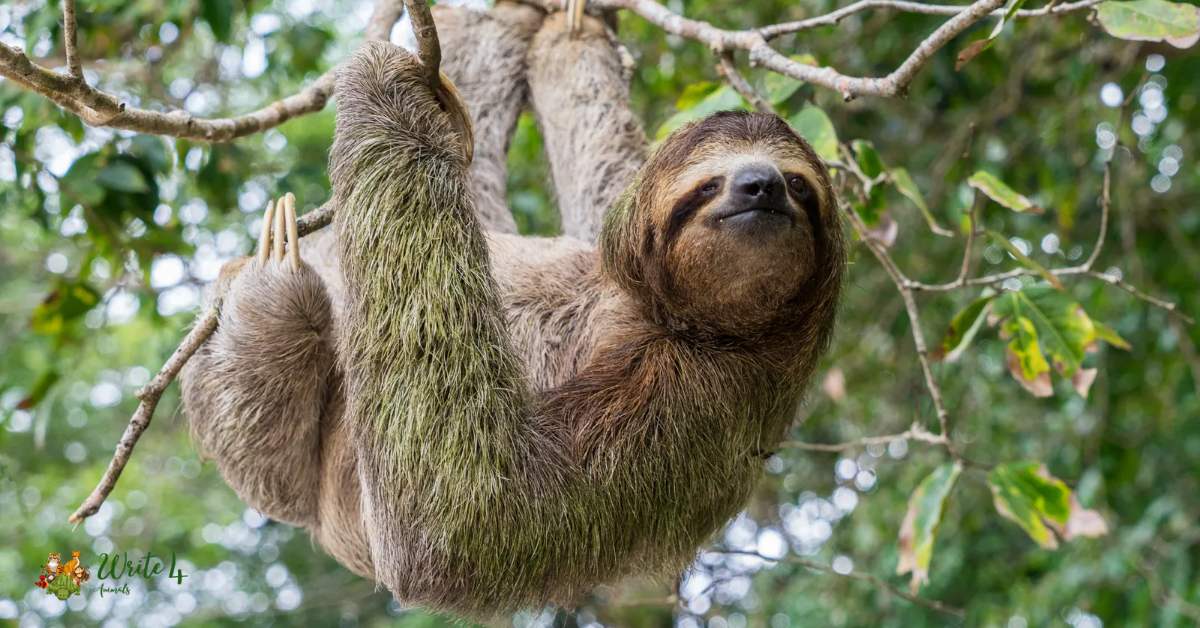
Sloths spend the majority of their time hanging upside down in trees, moving at a glacial pace and displaying a lack of urgency even in the face of potential threats.
Despite their seemingly dumb behavior, sloths play essential roles in their ecosystems, contributing to the nutrient cycling in the rainforests they inhabit.
Their unique adaptations may not align with traditional notions of intelligence, but they highlight the incredible diversity of strategies that allow different species to thrive in their environments.
11. Jerboa
Jerboas, small rodents with long hind legs, are known for their impressive jumping abilities, but their behavior places them in the category of dumb animals. These creatures may leap without considering potential dangers, displaying a lack of strategic thinking that contributes to their reputation.
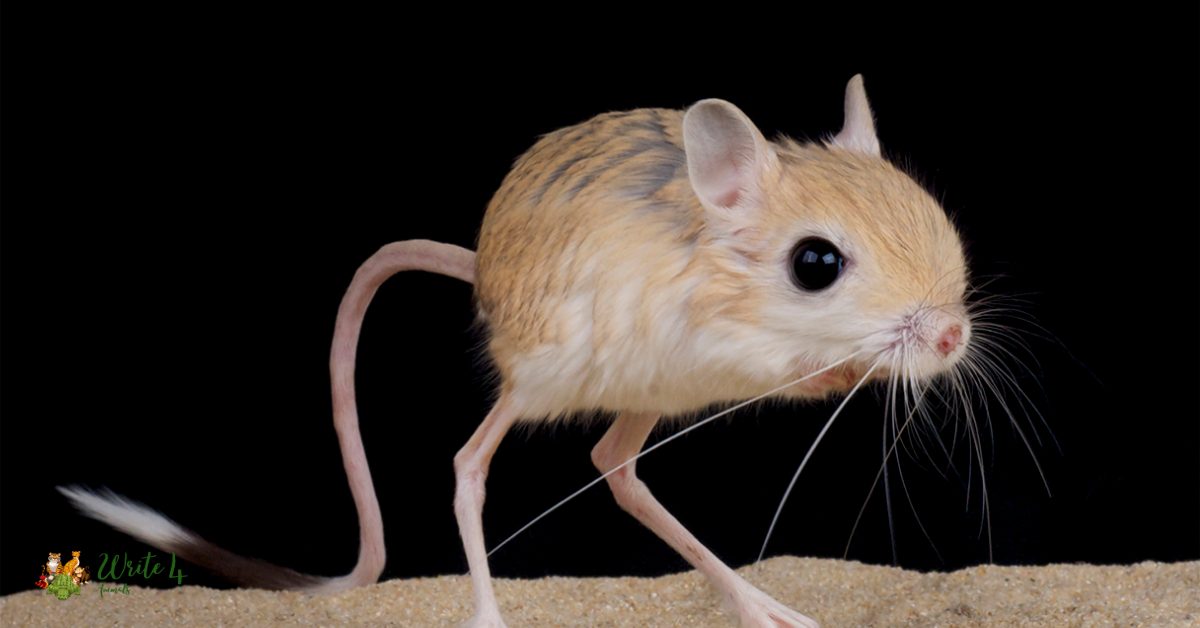
While their agility and speed are remarkable, their tendency to engage in risky behavior without apparent forethought challenges the idea of advanced cognitive processes.
Jerboas’ unique adaptations for efficient movement in their arid habitats demonstrate the diversity of strategies that animals employ for survival. However, the lack of careful consideration before taking daring leaps may not align with traditional definitions of intelligence.
12. Turkey
Turkeys, commonly associated with Thanksgiving feasts, find themselves labeled as dumb animals due to their easily startled nature and occasional lack of awareness. Their reputation for being gullible and susceptible to stress has led to the colloquial phrase “bird-brained.”

Turkeys may exhibit flocking behavior, but their tendency to panic in response to perceived threats doesn’t showcase advanced decision-making skills.
While these traits contribute to their classification as less intelligent, it’s important to recognize the variety of behaviors that have evolved in different species, each serving a specific purpose in their respective ecosystems.
13. Panda Bear
Pandas, with their distinctive black and white fur, are beloved worldwide, but their dietary habits have raised questions about their intelligence.
The exclusive diet of bamboo, despite being classified as carnivores, seems like a nutritional oversight that challenges conventional notions of animal intelligence.
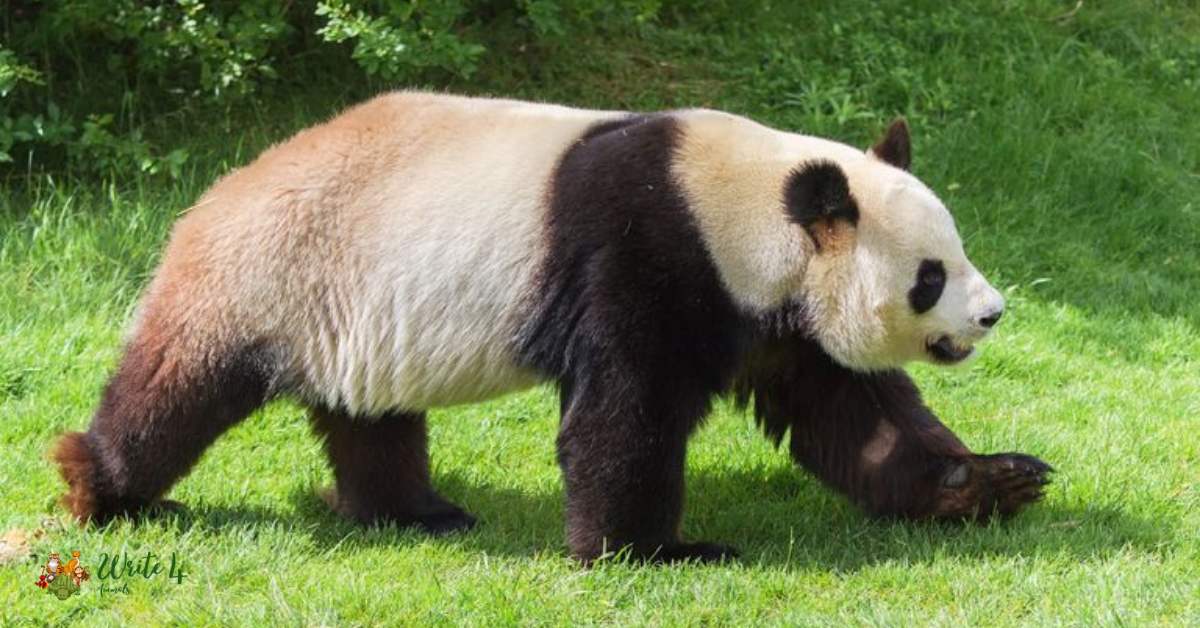
Pandas’ limited energy intake from bamboo leaves them in a constant state of lethargy, which may not align with the usual expectations of active and strategic animals.
Despite these behaviors, pandas play crucial roles in bamboo forest ecosystems and serve as flagship species for conservation efforts, reminding us that intelligence comes in various forms within the animal kingdom.
14. Flamingo
Flamingos, with their vibrant pink plumage and distinctive feeding behavior, may not be the first animals that come to mind when thinking of intelligence.
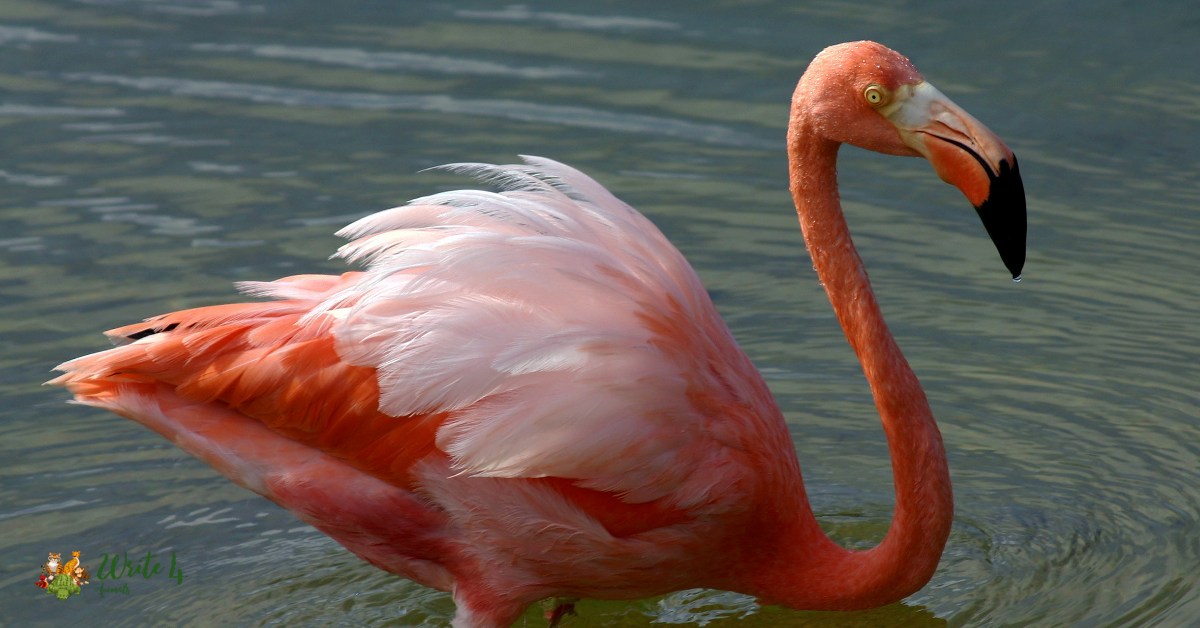
The tendency of flamingos to stand on one leg for extended periods seems more like an amusing quirk than a sign of strategic thinking. While their unique appearance and social behaviors are fascinating, the apparent lack of complex problem-solving skills has led to their inclusion among the dumbest animals.
Flamingos’ filter-feeding technique in shallow water showcases their adaptations to specific habitats, but it may not impress observers seeking signs of advanced cognitive abilities.
15. Ostrich
The ostrich, the largest bird in the world, is known for its impressive running speed. However, when faced with danger, ostriches have a peculiar habit of burying their heads in the sand – a behavior that doesn’t exactly reflect problem-solving skills.
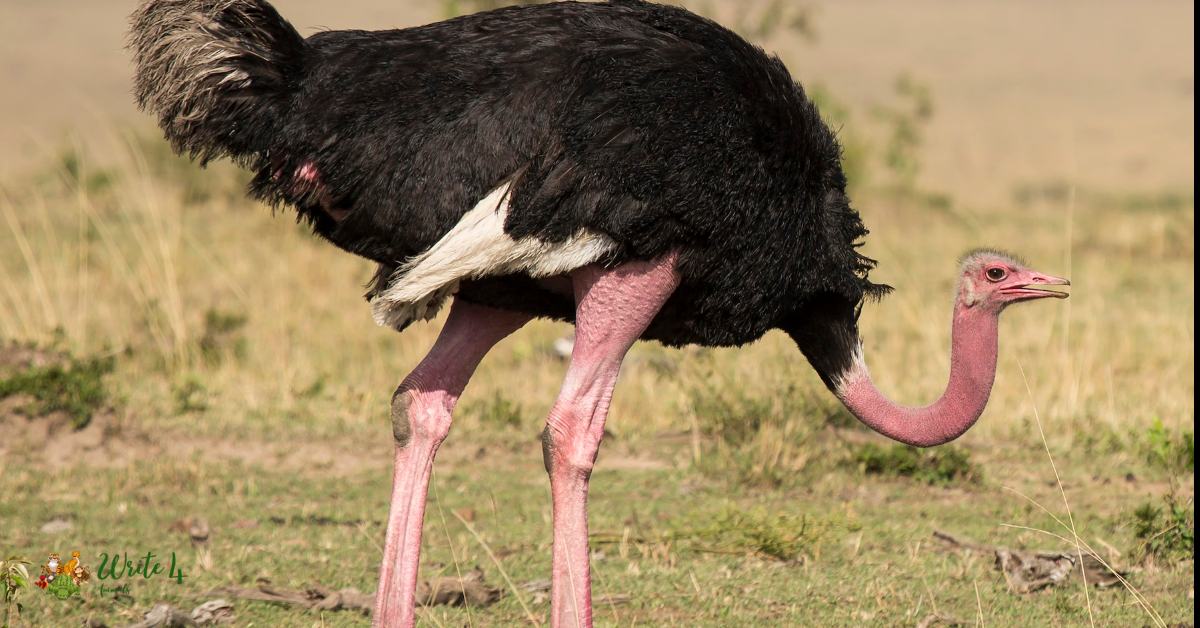
Despite being a widespread myth, ostriches don’t bury their heads in the sand as a defense mechanism; instead, they lower their heads to the ground to blend in with their surroundings.
Nevertheless, this misconception contributes to their reputation as one of the dumbest animals. Ostriches’ adaptations for speed and their large size showcase the diverse ways in which animals navigate their environments, even if their behaviors might seem less sophisticated to human observers.
Frequently Asked Questions
What criteria were used to determine the “dumbest animals” mentioned in the blog post?
The term “dumbest animals” is subjective and often rooted in anthropocentric views of intelligence. In the blog post, animals were selected based on behaviors or characteristics that might be perceived as less intelligent from a human perspective. These criteria include awkward movements, seemingly counterintuitive survival strategies, and behaviors that deviate from traditional expectations of animal intelligence.
Why is intelligence difficult to measure in animals?
Intelligence varies across species, and defining it in a way that applies universally is challenging. Animals have evolved diverse adaptations to their environments, and what may seem like a lack of intelligence could be a well-suited survival strategy. Intelligence is multifaceted, including problem-solving abilities, social interactions, and adaptability, making it challenging to create a standardized metric applicable to all species.
Are these animals truly “dumb,” or do they exhibit unique adaptations?
The term “dumb” is used in a colloquial sense and may not accurately represent the diverse adaptations and behaviors of these animals. While some behaviors might seem counterintuitive to humans, they often serve specific purposes in the animals’ ecosystems. It’s essential to recognize that what we perceive as “dumb” may be a product of our limited understanding of their natural behaviors and adaptations.
Do animals labeled as “dumb” have any positive contributions to their ecosystems?
Yes, each of the animals mentioned in the blog post plays a crucial role in its respective ecosystem. Despite behaviors that might seem less intelligent to humans, these animals contribute to nutrient cycling, seed dispersal, and maintaining ecological balance. The diversity of behaviors and adaptations within ecosystems underscores the importance of each species in the web of life.
Recommended
1. 12 Ugliest dog breeds in the world
2. Ashera cat | Ashera cat price
